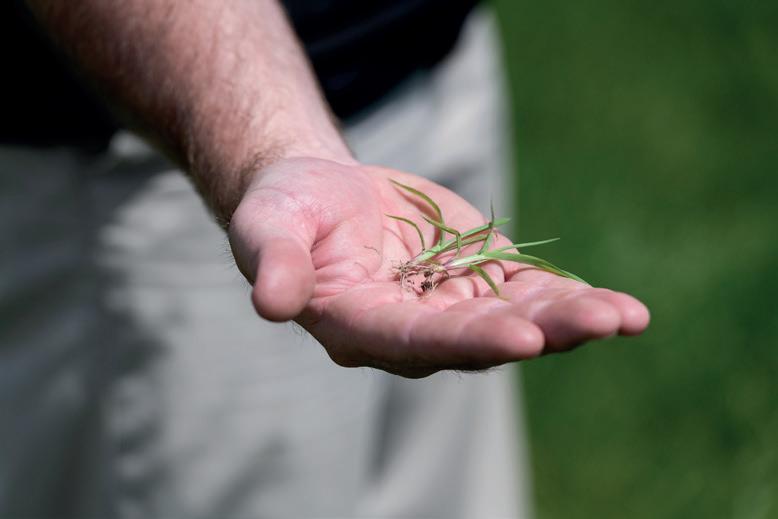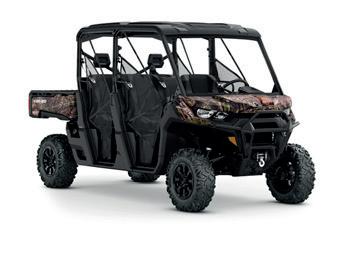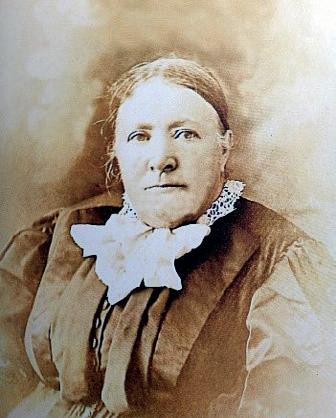
4 minute read
Preventing seed-set key to yellow bristle grass control
Yellow bristle grass (Setaria pumila) is a tufted, sprawling annual grass weed. It has become increasingly prevalent in many North Island pastures, particularly dairy pastures. Left unchecked, yellow bristle grass can become a serious production limiting weed.
One of the reasons for this is that yellow bristle grass (YBG) is a highlyaggressive, annual-seeding weed which spreads rapidly through pasture, reducing feed quality in late summer and autumn. Cows don’t willingly eat YBG, leading to low pasture utilisation. Grazing avoidance then leads to a massive seed-set, rapid re-infestation and an opening for other weeds. Researchers have counted up to 20,000 seeds per square metre in severe YBG infestations, ranging down to 5-10,000 seeds/m2 under light infestations. At this time of the year, recommended best practice for controlling known infestations is to stop YBG plants setting seed. This is a critical step in preventing the weed from spreading further. Techniques include early mechanical topping (before viable seeds are set), heavy grazing or chemical control with a herbicide. Dockstar® herbicide is registered for this use. When applied to YBG after it has emerged from the ground but before seed heads are visible, Dockstar has proven very effective. Paul Addison, Technical Specialist for Nufarm, says Dockstar has a nil stock withholding period, which is a real bonus for farmers trying to co-ordinate timely YBG spraying with their summer grazing rotation. As a result, once the recommended pre and post spray timings are observed,
Yellow bristle grass spreads rapidly through pasture, reducing feed quality. pastures sprayed with Dockstar can still be grazed on a rotation as short as 21 days. Previously, the earliest return time for paddocks sprayed for YBG seed control has been 35 days – 7 days required between grazing and spraying, plus a 28-day stock withholding period. Dockstar also requires at least 7 days between grazing and spraying, plus a gap of at least 14 days after spraying to the next grazing. This maximizes YBG control and minimizes pasture suppression. Recommended rates for Dockstar are 1.5-2.0 litres/ha, with no adjuvants or other products added to the herbicide. While YBG seed heads are easy to spot, identifying the weed as a young plant can be more difficult and since Dockstar will not control seeding weeds, it’s important farmers can distinguish YBG from other grasses before it flowers.
“Look for a flattened, hairless leaf sheath; long hairs at the base of roughedged leaves and reddish-purple colouring at the base of the sheath” Paul advises.
After spraying, Dockstar is likely to cause temporary yellowing and growth suppression of some pasture species, including ryegrass and clover.
For further information, contact your Farmlands Technical Field Officer or the friendly team at your local Farmlands store.
Article supplied by Nufarm
®Dockstar is a registered trademark of Nufarm Limited







The best of Tinopai
Six generations of ownership under the Hannon family have seen Tinopai farm flourish
The original Tinopai farm consisted of 150 acres of flat land, two miles from Cambridge on Hannon Road and was a Crown grant to Patrick Hannon in the year 1867. The next two generations of owners were born on the property, which is now in the sixth generation of Hannon ownership. In 1912, 885 acres of semi-hilly country at Te Miro was purchased and is now used in conjunction with the Tinopai farm, which grazes Aberdeen Angus cattle, Romney sheep and today on the homestead farm, Large White freerange pigs. The original homestead was destroyed by a tornado and then rebuilt. Richard (Dick) Hannon took over the property in the 1900s upon his father’s death, and established the Tinopai racing stables, where he bred and trained 16 successful winners and owned horses until his death in 1943. Richard (Richie) Hannon then took over the property, farming cattle and sheep. Richie had a shared interest in horses, playing polo and hosting hunts on the properties. Richie married Norma Garland and they had four children – Richard, Janet, John and Patricia. Richie had a passion for repairing and collecting machinery, which continued until his death in 2004. Stock were moved between the two farms, droving by horseback over the 13-mile journey, which would take a full day’s ride. The last drove was completed in 1986, still by horseback, with a tractor leading the cattle on. Richard and Carol Hannon married in 1963. They moved onto the Te Miro farm, which had no power at that time, and raised four children – Richard (Rick), Nadine, Mathew and Marcel. They bought a property at Hautapu in 1976 next to Tinopai and farmed there until Richie’s death. Richie helped his granddaughter, Nadine move a second villa onto the property in 2002 to help out as he was getting older. The Te Miro farm was inherited by Marcel and his wife, Sandra with half still being retained by Richard and Carol. Rick is also still living there as a helping hand. Richard and Carol are now running the Tinopai property, farming cattle, sheep and pigs. Richard has carried on his father’s passion for collecting old, repairable machinery, as well as his interest in animals. The seventh generation, Fox George Richard Martin, was born in 2018.













